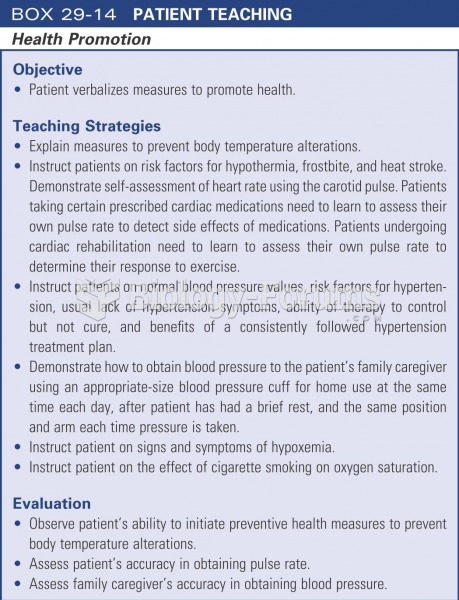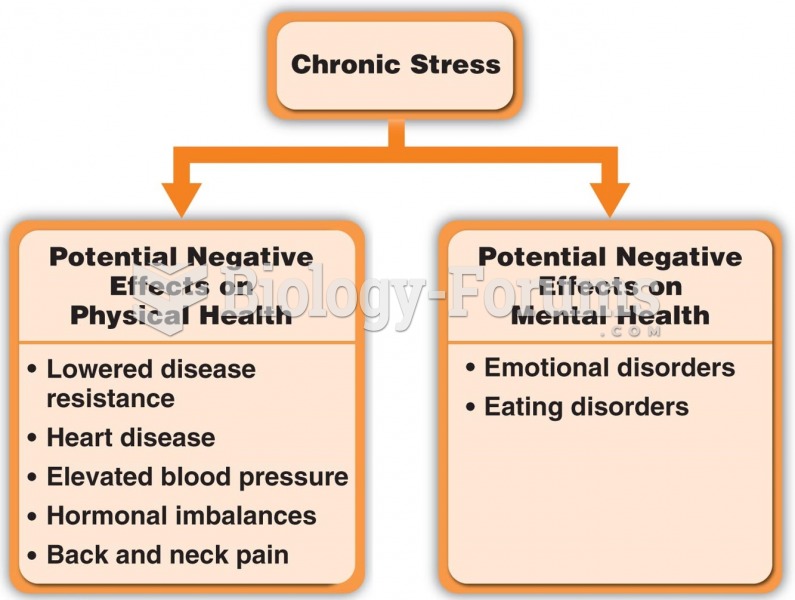Answer to Question 1
Unlike high-carbohydrate diets rich in added sugars that can alter blood lipids to favor heart disease, those rich in whole grains, legumes, vegetables, and fruits may protect against heart attack and stroke by lowering blood pressure, improving blood lipids, and reducing inflammation. Such diets are low in animal fat and cholesterol and high in dietary fibers, vegetable proteins, and phytochemicalsall factors associated with a lower risk of heart disease.
Answer to Question 2
In general, the energy intake of people who drink soft drinks, fruit punches, and other sugary beverages is greater than those who choose differently. Adolescents, for example, who drink as much as 26 ounces or more (about two cans) of sugar-sweetened soft drinks daily, consume 400 more kcalories a day than teens who don't. Not too surprisingly, they also tend to weigh more. Overweight children and adolescents consume more sweet desserts and soft drinks than their normal-weight peers. Research confirms that consuming sugary beverages correlates with increases in energy intake, body weight, and associated diseases.
Some research suggests that added sugars in general, and fructose in particular, favor the fat-making pathways and impair the fat-clearing pathways in the body. The resulting blood lipid profile increases the risk of heart disease. As the liver busily makes lipids, its handling of glucose becomes unbalanced and insulin resistance developsan indicator of prediabetes. All in all, research is finding links between added sugars and the risk of diabetes, inflammation, hypertension, and heart disease. Importantly, moderate intakes of sugars do not cause these health problems. For this reason, researchers suggest replacing sugar-sweetened beverages with water, and the American Heart Association recommends limiting the intake of added sugars to no more than 100 kcalories per day for women and 150 kcalories per day for men.
Foods such as whole grains, vegetables, legumes, and fruits that contain some natural sugars and lots of starches and fibers provide vitamins and minerals as well. By comparison, foods and beverages that contain lots of added sugars such as cakes, candies, and sodas provide the body with glucose and energy, but few, if any, other essential nutrients or fiber. The more added sugars (and solid fats) in the diet, the more difficult it is to meet recommendations for dietary fiber, vitamins, and minerals and still stay within kcalorie limits. A person spending 200 kcalories of a day's energy allowance on a 16-ounce soda gets little of value for those kcalories. In contrast, a person using 200 kcalories on three slices of whole-wheat bread gets 9 grams of protein, 6 grams of fiber, plus several of the B vitamins with those kcalories. For the person who wants something sweet, a reasonable compromise might be two slices of bread with a teaspoon of jam on each. The amount of sugar a person can afford to eat depends on how many discretionary kcalories are available beyond those needed to de- liver indispensable vitamins and minerals.
Both naturally occurring and added sugars from foods and from the breakdown of starches in the mouth can contribute to tooth decay. Bacteria in the mouth ferment the sugars and, in the process, produce an acid that erodes tooth enamel, causing dental caries, or tooth decay. People can eat sugar without this happening, though. Much depends on how long foods stay in the mouth. Sticky foods stay on the teeth longer and continue to yield acid longer than foods that are readily cleared from the mouth. For that reason, sugar in a juice consumed quickly, for example, is less likely to cause dental caries than sugar in a pastry. By the same token, the sugar in sticky foods such as raisins can be more detrimental than the quantity alone would suggest.
Another concern is how often people eat sugar. Bacteria produce acid for 20 to 30 minutes after each exposure. If a person eats three pieces of candy at one time, the teeth will be exposed to approximately 30 minutes of acid destruction. But, if the person eats three pieces at half-hour intervals, the time of exposure increases to 90 minutes. Likewise, slowly sipping a sugary sports beverage may be more harmful than drinking quickly and clearing the mouth of sugar. Nonsugary foods can help remove sugar from tooth surfaces; hence, it is better to eat sugar with meals than between meals. Foods such as milk and cheese may be particularly helpful in protecting against dental caries by neutralizing acids, stimulating salivary flow, inhibiting bacterial activity, and promoting remineralization of damaged enamel. Beverages such as soft drinks, orange juice, and sports drinks not only contain sugar but also have a low pH. These acidic drinks can erode tooth enamel and may explain why the prevalence of dental erosion is growing steadily.







